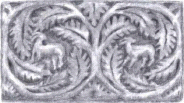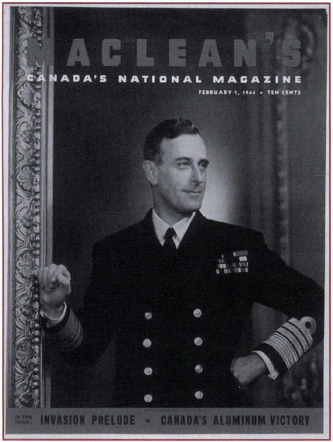




In your mind, how do you see the faces of your favourite people? When we think of well-known people of the twentieth century, a dramatically lit, black and white photograph by Yousuf Karsh may come to mind. He began his career in 1932, and for the next sixty years, Yousuf’s portraits gave magazine, newspaper and book readers the feeling that they personally knew many important people.
The photographer’s positive reflection of the world is amazing considering that as a boy he survived the murder of thousands of Armenians in Turkey. After his family escaped the country, teenaged Yousuf emigrated to Canada and worked in his uncle’s photography studio. Pieces of his story are found in articles and books by Yousuf, family members and other writers. Other parts are uncovered in the letters, papers and photographs at the Library and Archives Canada. But some facts about Yousuf’s flight from Turkey to Syria and his rise to fame were never recorded and remain unknown.
We do know that from boyhood on, Yousuf did his best to help his family. Once he had discovered his passion for portrait photography, he worked hard to become the best in his field, in his new country and in the world. The International Who’s Who included the name “Yousuf Karsh” in its list of the most influential figures of the twentieth century.
Many of the others on the list—kings, queens, politicians, scientists, musicians, sports heroes and movie stars—had had their portraits made by Karsh of Ottawa. It was an incredible achievement.
Through his camera lens, Yousuf seemed able to reveal a subject’s very soul. You will notice the faces are surprisingly real, but there is also mystery that will call you to look at the photographs again and again.
While Yousuf found it challenging to photograph those people who left a mark on the world, it was not only the famous that he photographed. Whether the subject was a worker in a factory or a child with muscular dystrophy, Yousuf strove to find the greatness in each person.
“I’ve been Karshed,” said General Montgomery after he was photographed in 1943. People would understand this to mean, “I have been made immortal by the best portrait photographer of our time.” Karsh photographs found their way around the world on stamps, bank notes and even potato wrappers.

This photo by Karsh shows Lord Mountbatten, a British politician who is best known overseeing the division of British India into the independent states of India and Pakistan in 1947. Maclean’s is a famous Canadian news magazine that is still published today.